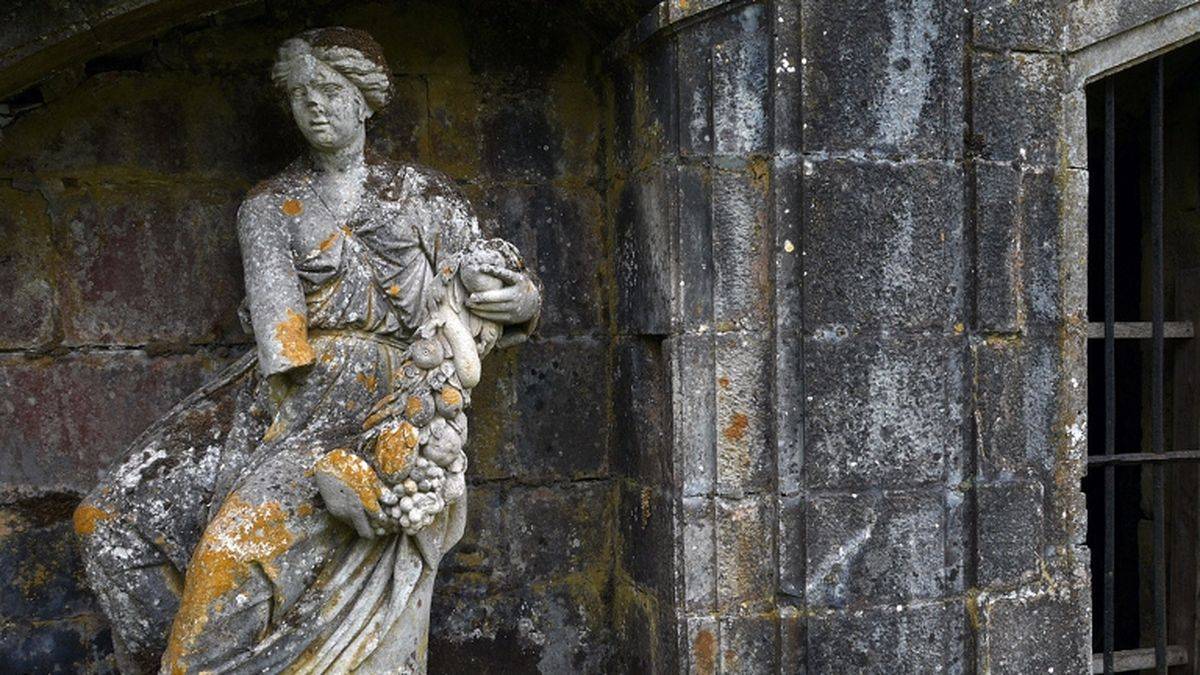 The nymphaeum, detail | ©alainalele / CC-BY
The nymphaeum, detail | ©alainalele / CC-BYThe castle was completely re-raised after World War I but gardens were preserved! The castle was mentioned for the first time in the 12th century, then fell to the Tornielle family in 1590: they kept it until 1737. But the last member of the family was childless!
So he gave the estate to his nephew Camille de Lambertye. This one rebuilt the castle and relaid the park: landscaper Yves Descours (who also laid out Lunéville's gardens) did the job and sculptor Rémi-François Chassel (disciple of Louis XV’s sculptor Lecomte) made statues.
In the 19th century, landscaper Berthault laid out a park with nymphées ("nymphaeum", kind of ponds) and fabriques (little decorative houses), including the Red detached house created by Clément Métézeau in the 17th century.
Marquis de Lambertye added a vegetable plot, an orchard and detached houses in the 19th century... the current Gerbeviller! Let’s go...
Here we find vast alleys, the brick Red detached house, the nymphaeum with its 3 grottos decorated with statues...
They liked that kind of grotto in the 18th century and 19th century, decorated with rocaille, with a spring and fountains. Here, walls are made of shells and stalactites: above, we used to find a belvedere, where people could get up.
